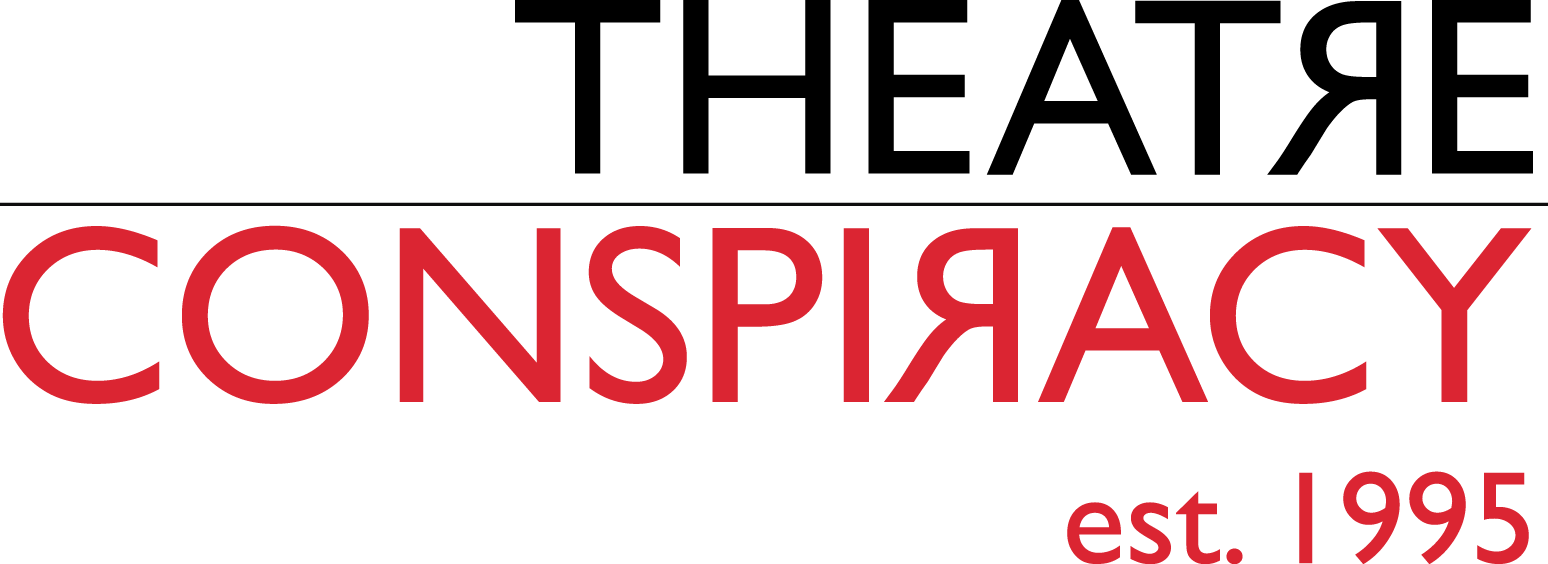Director Margaret Krawecka on Conspiracy’s new music video
"We Teach Our Objects How To Speak Our Language" is a song from Tim Carlson’s play Isolation Suite. When it became impossible for designers Ulla Laidlaw and Margaret Krawecka to travel from Toronto in the summer for workshopping, we turned our attention to creating music videos to continue exploring this work about social isolation. A grant from the Canada Council / CBC Digital Originals program funded Ulla and Margaret’s inventive object animation.
Margaret (an architect, interior designer and installation artist) and Ulla (a film/video and theatre director and writer) have collaborated on many projects in the past but this was their first animation. Margaret, animation design and video director, describes the scenographic elements of the video:
“The music video explores themes of isolation, memory and attachment,” she says. “The scenes all take place inside a domestic interior filled with objects and mementos from the protagonist’s past, a space that represents his mind. This ‘mind-space’ gives us a glimpse of his inner world, seeing the environment through his point of view. We have been working with the concept of the ‘extended mind’, where the environment and its objects are an extension of human consciousness, through the body’s sensorium apparatus.
The set design concept for the theatre production under development is based on the use of mobile window blinds. The blinds-as-mechanism becomes a sort of metaphorical interface between the inner and outer world, mediating the boundaries of the psyche and pushing the protagonist in and out of isolation. Different degrees of permeability – openness vs. closure and various configurations in space – give the seated audience changing views ‘in”’. From an audience perspective, we are generally on the outside looking in.
In the music video, we experience the protagonist’s world from the inside; we never see him fully, only ‘traces’ of him. Rather, the focus is on the objects around him and his relationships with them. The video format allows for a manipulation of points of view that is spatially harder to achieve in live theatre. It is also possible to jump between scales, i.e. the space is experienced both from inside, and as a schematic architectural scale model, seen from an aerial perspective. In the video, we exploit the scenographic possibilities of the blinds through the use of different types of lighting: front, backlit shadow pantomime, film-noir style shadow casting, projection, etc. We also push further the concept of the blinds and of “blindness”; the vision of an idyllic exterior scene is always just a mere projection as one tries to look “out” through multiple layers of blinds nested one inside the next, never quite reaching the end, or the “outside”. Lost within this labyrinth of blinds, the line between reality and fantasy/projection is blurred, in this particularly inward focused mind-space.”
Check out a teaser for the soon-to-be-released video above.
